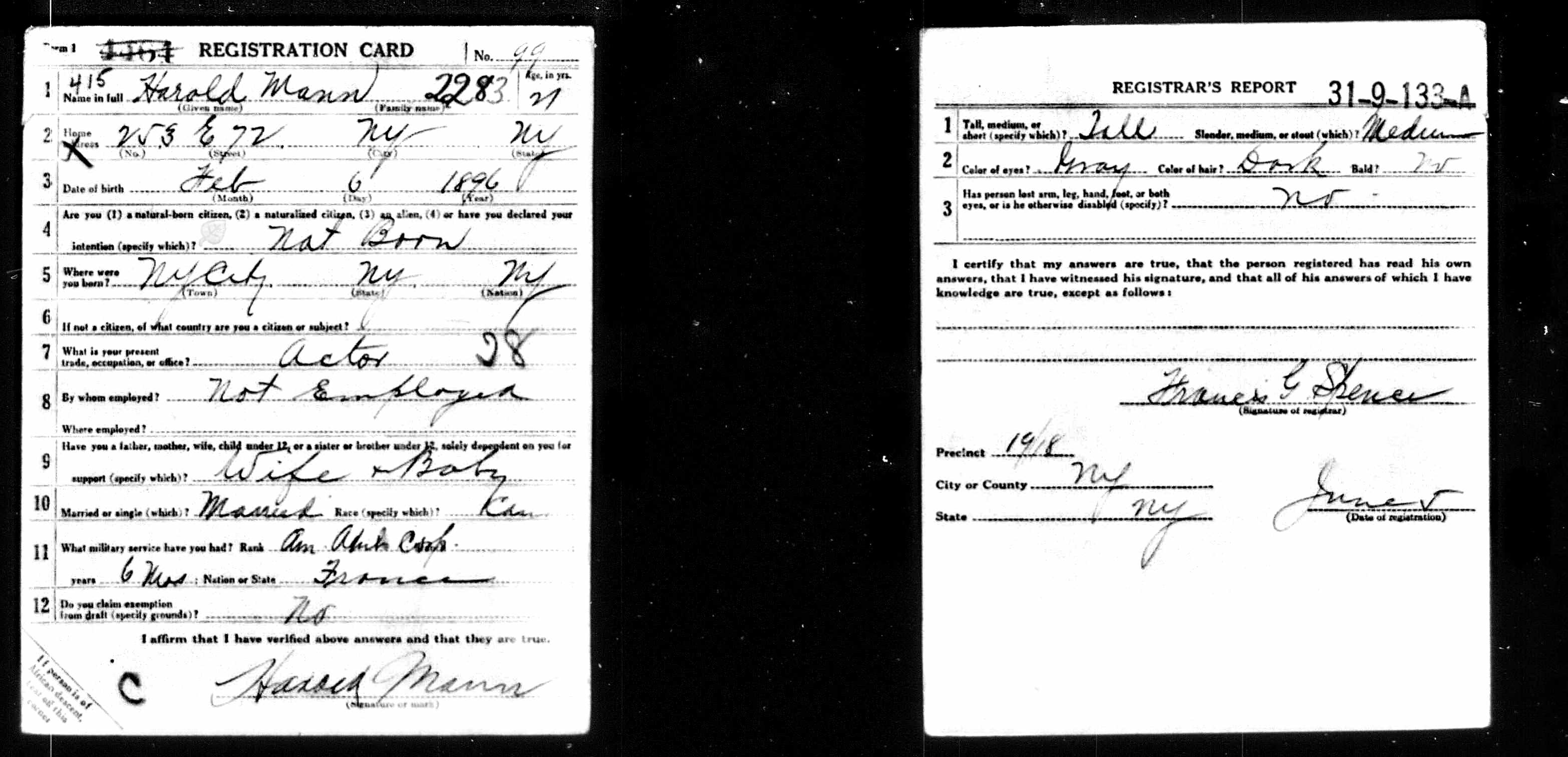In February 2019, a federal judge in Texas ruled that it’s unconstitutional for women not to be required to register for the Selective Service on the basis of the Equal Protection Clause of the 14th Amendment. The Selective Service is a government agency that maintains a registry of young men eligible to be drafted. Though no man has been drafted into the military through the Selective Service since in 1973, that registry is still maintained. Since the February ruling was only declaratory, it stopped short of requiring women to register. However, Congress maintains the power to implement this requirement. Women should be required to register for the draft, not only to advance gender equality but also to create a more prepared military.
Any proposed change to military structure elicits the eternal question of whether it will influence military preparedness, which ranges from cohesion within a unit to soldiers’ physical fitness. This concern was raised with regards to gay and lesbian service members serving openly, leading to the “Don’t ask, Don’t tell” policy that was ultimately repealed in 2010. Women serving in the military, whether that’s in combat roles or as draftees, seems to raise the same question. A study conducted in 2011 found that among female veterans post-9/11, 30% of women had served in combat, compared to 57% of men. At the time of the study, women were banned from units below the brigade level whose mission was primarily ground combat until this restriction was lifted in December 2015. The Marine Corps applied for a waiver to continue with the restriction within the Marines, but it was denied. Then-Defense Secretary Carter explained “As a practical matter, a consistent approach would be most effective” given the collaboration between the branches of the military. The question at this point is not whether women should be allowed in combat: they already are. In the Army, nearly 800 women were serving in previously closed roles as of October 2018. Sweden, Canada, Israel and Norway all allow women into combat units. Sweden reintroduced conscription in 2017 on a gender neutral basis. In the United States and abroad, women are already serving in combat. Including women in the draft only reflects the reality of women serving in the military, it doesn’t serve to change it.
Far from weakening military preparedness, including women in the Selective Service would act to widen the talent pool available for national defense. The Selective Service is so-called because everyone eligible would not be called to serve; only the most qualified would be selected. The Department of Defense stated in a report to Congress that a future draft likely would not be for the purpose of increasing the size of the active-duty force, but rather a way to bring people with needed skills into the military. The DOD listed cyber specialists, drone operators, technical experts, linguists, etc. as such potentially critical positions. Excluding half the population would thus necessarily exclude half the people who could potentially fill these critical positions.
By excluding them from the Selective Service, women can also be excluded from the effects on their reputation that often follows men who have served in the Armed Forces. If the U.S. does engage in a war that requires a draft, military service may become a heuristic for a person’s patriotism and devotion to their country. Politicians who were eligible for the draft during the Vietnam War are scrutinized for their service–or lack thereof. Compare the controversy over President Trump’s bone spur deferment to the popular respect for John McCain’s service. If the U.S. resumes actively drafting and women are excluded from it, they’ll also be draft-dodgers of sorts. While the implications of avoiding a draft can negatively affect a woman’s reputation, we only have to look towards the 2018 midterms to see that being a female veteran has benefits during a run for office. An unprecedented number of female veterans ran for seats in Congress as Democrats. Non-incumbent female veterans won in 23% of their races, compared to 14% of male veterans who were non-incumbents. Given that the U.S. military is the most trusted institution in the United States, with military leadership described as “personally courageous.” Veteran status, further portrays these women as patriotic and trustworthy on national defense.
Of course, there is the issue of the unequal challenges women face in the military. Though young men and women who are drafted share many of the same risks, women are also more likely to be subject to discrimination, harassment and sexual assault. 1 in 4 women in the military faced persistent sexual harassment or gender discrimination in 2017. Of those women, 40% were harrassed by someone in their chain of command. The military clearly needs to make changes in their handling of sexual assault, from empowering military prosecutors to creating a litigation track for military lawyers. On the other hand, more women serving in the military will normalize their presence. Currently, women represent 16% of the enlisted members. In the Marines, that figure is just 8%. If 50% of draftees are women, there would exist the opportunity for more women to be in respected positions, from where they could alter this culture. Keeping women out of the military is simply not a solution to reducing sexual assault in these spaces.
While few want a return to the draft, excluding women from it is unconstitutional, unfair, and simply impractical. Including women in the Selective Service is the natural next step after opening combat roles to women. Arbitrarily excluding portions of the population only decreases our military preparedness and prevents progress in the fight for gender equality. As long as women are excluded from the burdens of citizenship, they fail to enjoy the full benefits of it.
Photo: “Draft Registration Card“
